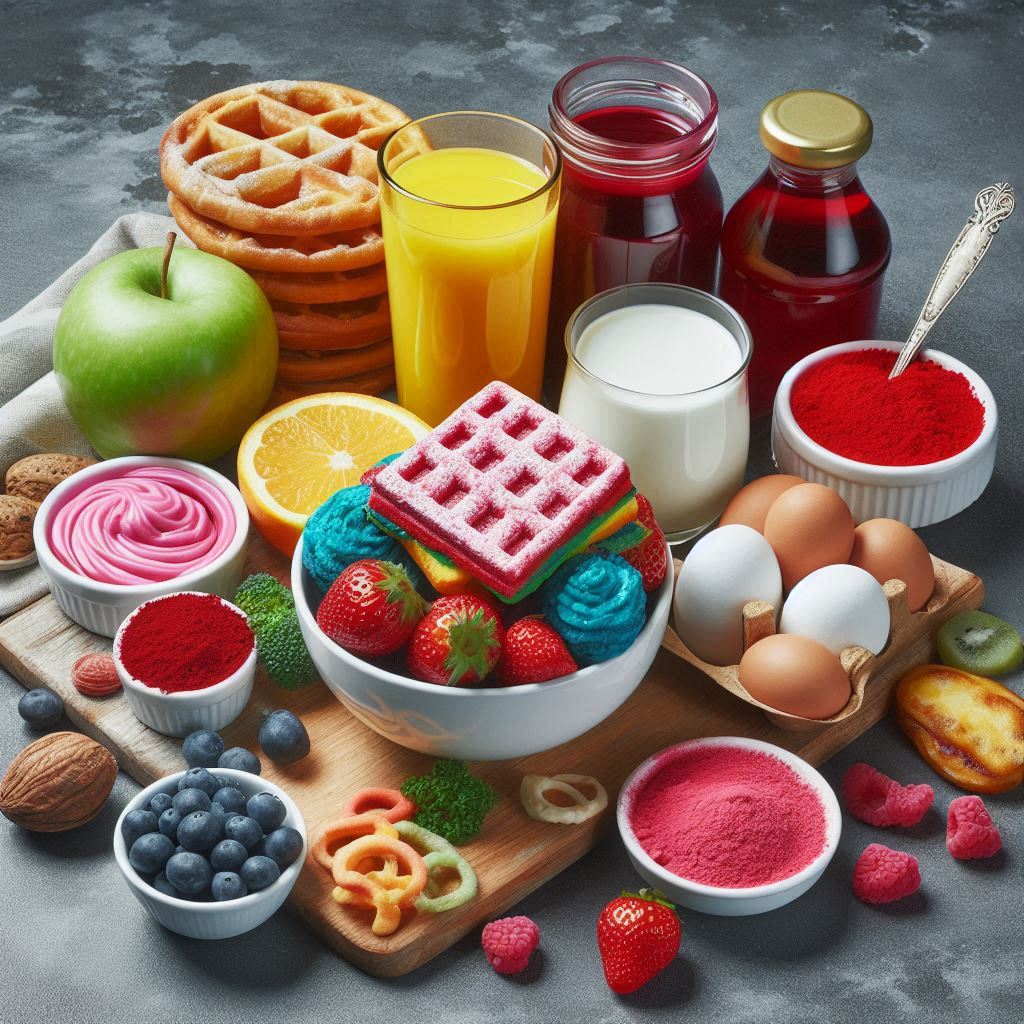Red Dye 3 , also known as erythrosine, is a synthetic food coloring that has been widely used in various food products to give them a bright red hue. However, recent concerns about its potential health risks have led to increased scrutiny and regulatory actions. In this blog post, we will explore the foods that commonly contain Red Dye No. 3 and why it has become a topic of concern.
What is Red Dye No. 3?
Red Dye No. 3 is a synthetic dye derived from petroleum and is used to color foods, beverages, and some oral medicines and supplements. It is also known by its chemical name, erythrosine, and is listed on food labels as “FD&C Red No. 3” or “Red 3”.
Why is Red Dye No. 3 a Concern?
The Food and Drug Administration (FDA) has recently banned the use of Red Dye No. 3 in food products due to evidence that it can cause cancer in animals. Studies have shown that high doses of Red Dye No. 3 can lead to the development of tumors in male rats1. Although there is no conclusive evidence linking the dye to cancer in humans, the potential risks have led to its prohibition in several countries, including the European Union, Australia, and Japan.

Common Foods Containing Red Dye No. 3
Red Dye No. 3 is found in a variety of foods and beverages, including:
- Candies: Many popular candies, such as gummy bears, jelly beans, and licorice, contain Red Dye No. 3 to achieve their vibrant red color.
- Snack Cakes: Snack cakes and pastries often use Red Dye No. 3 in their frosting and fillings.
- Maraschino Cherries: These bright red cherries, commonly used as toppings for desserts and cocktails, are typically colored with Red Dye No. 3.
- Strawberry-Flavored Beverages: Some strawberry-flavored drinks and sodas use Red Dye No. 3 to enhance their appearance.
- Chewing Gum: Certain brands of chewing gum include Red Dye No. 3 to give them a red tint.
- Frozen Desserts: Ice creams, popsicles, and other frozen treats may contain Red Dye No. 3 to achieve a red color.
Health Risks and Regulatory Actions
The FDA’s decision to ban Red Dye No. 3 in food products is part of a broader effort to prioritize consumer safety and respond to growing public concerns. Food manufacturers have until January 2027 to remove Red Dye No. 3 from their products, and drug manufacturers have until January 2028 to comply with the new regulation4.
Alternatives to Red Dye No. 3
As consumers become more aware of the potential health risks associated with synthetic dyes, many companies are shifting to natural coloring options. Alternatives such as beet juice, turmeric, and paprika are being used to achieve similar vibrant colors without the associated health risks.

Conclusion
Red Dye No. 3 has been a common ingredient in many foods and beverages for decades. However, due to its potential health risks, regulatory actions are being taken to remove it from the food supply. As consumers, it is important to be aware of the ingredients in the foods we eat and to make informed choices for our health and well-being.
